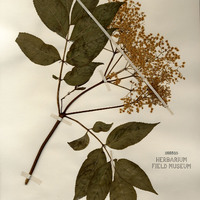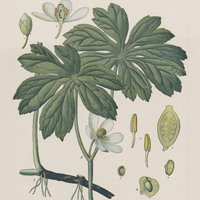Welcome to the Helion: The Power of Plants Exhibition!
People living in an urban environment can easily become disenchanted with the world of nature which sustains them. This exhibit aims to portray the unbreakable bond between human and plant life by using living specimens and archaeological evidence. It is especially important for people who make decisions about the environment to appreciate the value of the plants which sustain them because their decisions and attitudes will have long term consequences for the health of the planet.
The color scheme is designed to encourage the natural beauty of the living specimens, while pairing them with artifacts and tools which would be a part of the daily life of those who harvested and cultivated them.
The exhibition sections include contemporary and ancient gardening, modern and ancient agriculture, and gardening of the 17th to 19th centuries. The ancient and modern categories cast their net far forward and backward, so that visitors can get a sense of the huge scope of time which this material deals with, while the specific timespan of the 17th to 19th centuries is intended to give a sense of more immediate history which helped create the modern conditions.
The exhibit name, helion, comes from the Greek word for sun, whose power is central to life as we know it, but is filtered down to us in the form of plant life.
To navigate the exhibit, start by clicking the box with the three parallel lines in the right hand corner. This action will pull up the menu on the left hand side of the screen. Click through the sections and enjoy!
This exhibition is part of an Independent Study done by Molly Root and Professor Elisabeth Cameron through the History of Art and Visual Culture Department at the Univeristy of California, Santa Cruz and with the assistance of the staff and scientists at the Field Museum.

